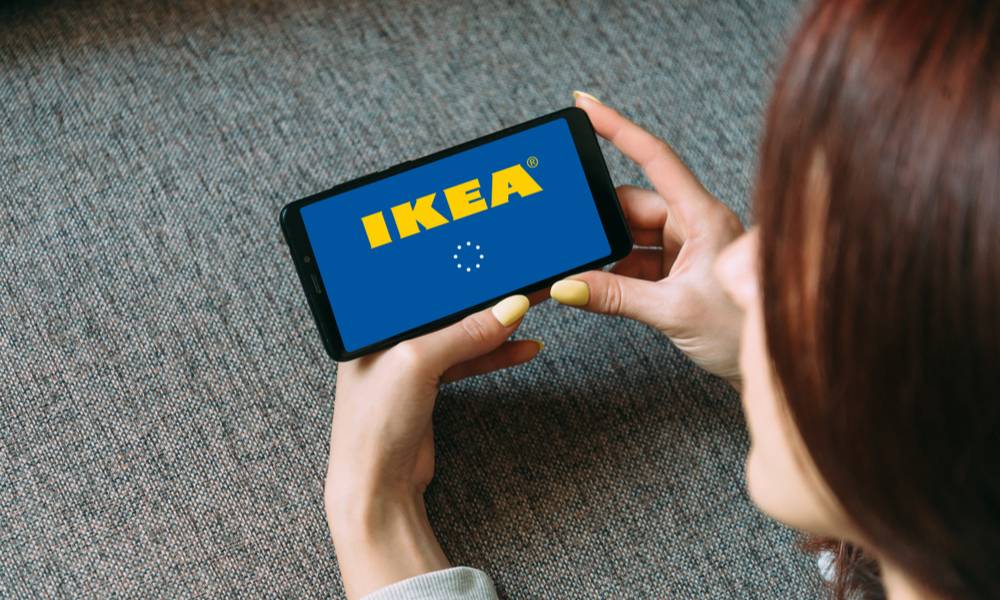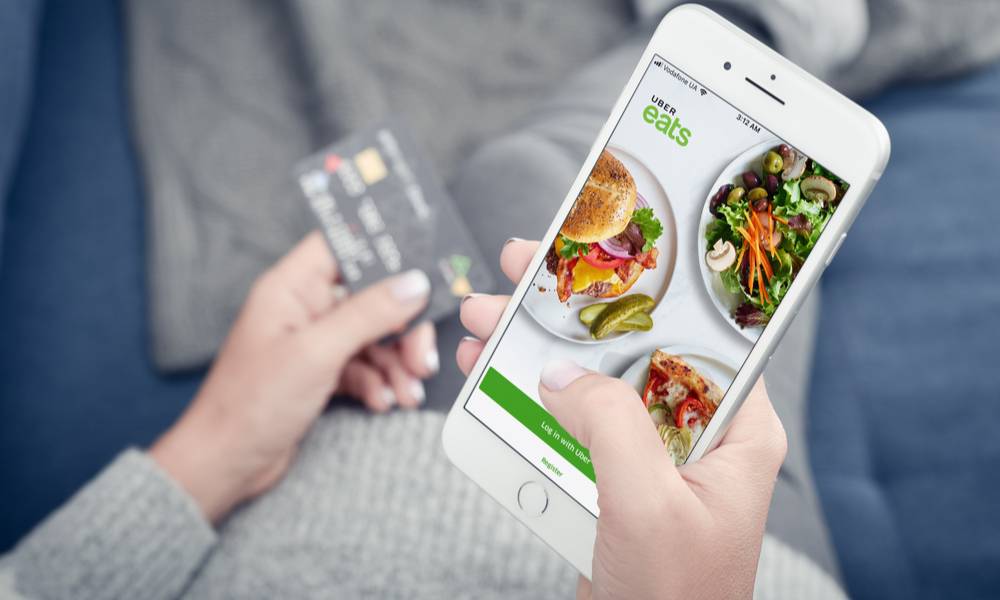Five mobile app tactics that will add value to your brand
New research explores the value of retail apps, which customers benefit the most, and the critical app features that will improve consumer engagement – regardless of your brand or budget
Consumers’ needs are evolving and brands must evolve to keep up with changing demands. Many brands are doing this via mobile apps.
For example, IKEA’s app features augmented reality (AR), which enables customers to see the full details of how a piece of furniture would fit into their living room. IKEA Place lets you virtually ‘place’ furnishings in your space by merely scanning the floor of a room, browsing the list of products available in the app, and then selecting the product you’d like to place.
Of course, not every brand will have the budget to create an app with AR. Still, there are a few critical successful features that successful apps have in common. But first, it is essential to understand what value an app can (and cannot) bring your brand.
Engaging the unengaged customer with your brand
Mobile apps are fast becoming the go-to tactic for retailers because they offer the promise of highly convenient digital engagement, according to Harald van Heerde, Professor of Marketing at UNSW Business School, who specialises in econometric models to improve marketing decision-making.
Dr van Heerde was recently awarded the best paper award by the International Journal of Research in Marketing – alongside his two co-authors economist Scott Neslin and quantitative researcher Isaac Dinner – for their paper Engaging the unengaged customer: The value of a retailer mobile app.

In their paper, the authors hypothesise that companies can engage with two types of customers via a mobile retail app — “offline-only” customers currently purchasing exclusively from the retailer’s physical store, and “distant” customers. The latter reside far from the physical store.
“In the old days, customers would visit the store often, but given that everyone lives their lives through their mobile phone screens (regrettably), this is where retailers can engage with customers,” says Dr van Heerde. Indeed, their paper finds that apps can be a great tool to keep customers in the loop and keep them engaged.
The researchers examine the customers of a store that has both a physical store and an online store. They split the group of customers into those who exclusively shop in the physical store, or the ‘offline-only’ segment, and those who go online for at least part of their shopping experience (online customers).
They also distinguished between customers who live near the store or within the same metropolitan area, and distant customers outside of the metro area.
"The app provides a way to increase distant customer engagement and make it count"
Harald van Heerde, Professor of Marketing, UNSW Business School
They find that having an app is especially useful in engaging customers who live outside of the city where the store is located but only shop in that physical store. Specifically, their usage of the app (which is a form of customer engagement) leads to a 9.5 per cent increase in spending, says Dr van Heerde.
“Our explanation is that for these customers, there is otherwise very little daily engagement (they live too far from the store to go there often and they don’t go online) and that the app offers a good way to engage them,” he explains.
So, the customers most likely to benefit from having an app would be “those who value convenience, are short on time and cannot check out the physical store,” concludes Dr van Heerde.
What value could an app bring to your brand?
The researchers also find that if the retailer could increase access or usage of the app by 50 per cent there would be a further 5 per cent increase in revenues for distant/offline-only customers. “Clearly the app provides a way to increase distant customer engagement and make it count” write the researchers.
“Basically, this is when a user taps on the app on their phone to open it. In the focal app, each day there was a new featured ‘product of the day’ (a fashion item), and this would draw app users to use it every day to see what the product of the day is,” continues Dr van Heerde.
He explains that other ways to draw users to your app might be through push notifications for promotions or news (although he says this can also become annoying), or by having some games or other activities that make users come back to the app.

Dr van Heerde says the most surprising finding of the paper is that even such a modest app – that focused on a “product of the day” – was able to generate such strong engagement.
So what’s next? Dr van Heerde says he is also working on new research with gamified apps “where customers keep on coming back because they want to get to a higher level in the game”.
“I think this is a great idea that will take off. I would also love to see a supermarket app that shows you where you can find a product in the store,” he adds.
5 critical app features that engage users with the brand
Following on from the paper and based on observations in this area, Dr van Heerde concludes that the following are features of a successful mobile retailer app.
- Value: First, the app must add value to the user. This can be done through discounts, relevant news, special events, rewards, social exchanges, games, or even IKEA's use of AR, for example.
- Execution: The app must also have slick performance. This means it must be modern looking, with no bugs or glitches, and be easy to navigate.
- Depth: An app must have depth, not just one little feature but multiple menus (e.g., assortment, notifications, rewards, loyalty program).
- Personalisation: Being able to customise features is vital. This means offerings tailored to the specific customers based on their past purchase behaviour, preferences and profile.
- Problem-solving: Finally, the app must solve a unique problem for the user. For example, Uber addresses the question of the location of the rider and the driver, while Uber Eats solves the age-old problem of finding a meal. Banking apps solve the problem of having to do some banking on the go, while some supermarket apps solve the problem of having to carry reward cards. In China, many people use their social media, retailer apps and banking apps for all their transactions, and they don’t carry any cards or cash.
To summarise, any retailer app that can solve an important unmet customer need is likely to succeed.
Harald van Heerde is a SHARP Research Professor of Marketing at UNSW Business School. Van Heerde is ranked 7th amongst marketing scholars worldwide based on the volume of his publications in the leading marketing journals such as the Journal of Marketing, the Journal of Marketing Research and Marketing Science. For more information, read the award-winning paper Engaging the unengaged customer: The value of a retailer mobile app.
